Trail and Parking Area Re-Opened - Mt. Alava Trail
Mt. Alava trail and parking area are now open to the public. Access to the summit from the Alava Trailhead is strictly prohibited due to serious risks. Death or serious injury can occur. Mt. Alava summit remains accessible from the Old Vatia trail.
General Mosquito Information
Although there is no known current transmission of dengue, Zika, or chikungunya, American Samoa has had recent outbreaks, and reintroduction is possible. Avoid mosquito bites and report to your doctor if you get sick within two weeks of returning.
| Title | National Park of American Samoa |
| Park Code | npsa |
| Description | The National Park of American Samoa invites you to discover the vibrant culture and stunning landscapes of the South Pacific. Experience a world unlike any other, where natural beauty and cultural heritage are protected for future generations. Jo... |
| Location | |
| Contact | |
| Activities |
|
| Entrance fees |
|
| Campgrounds | Count: 0
|
| Places | Count: 4
Cape TapuTapuCape Taputapu offers the best illustration in American Samoa of wave action on older massive volcanic activity which created Tutuila Island. 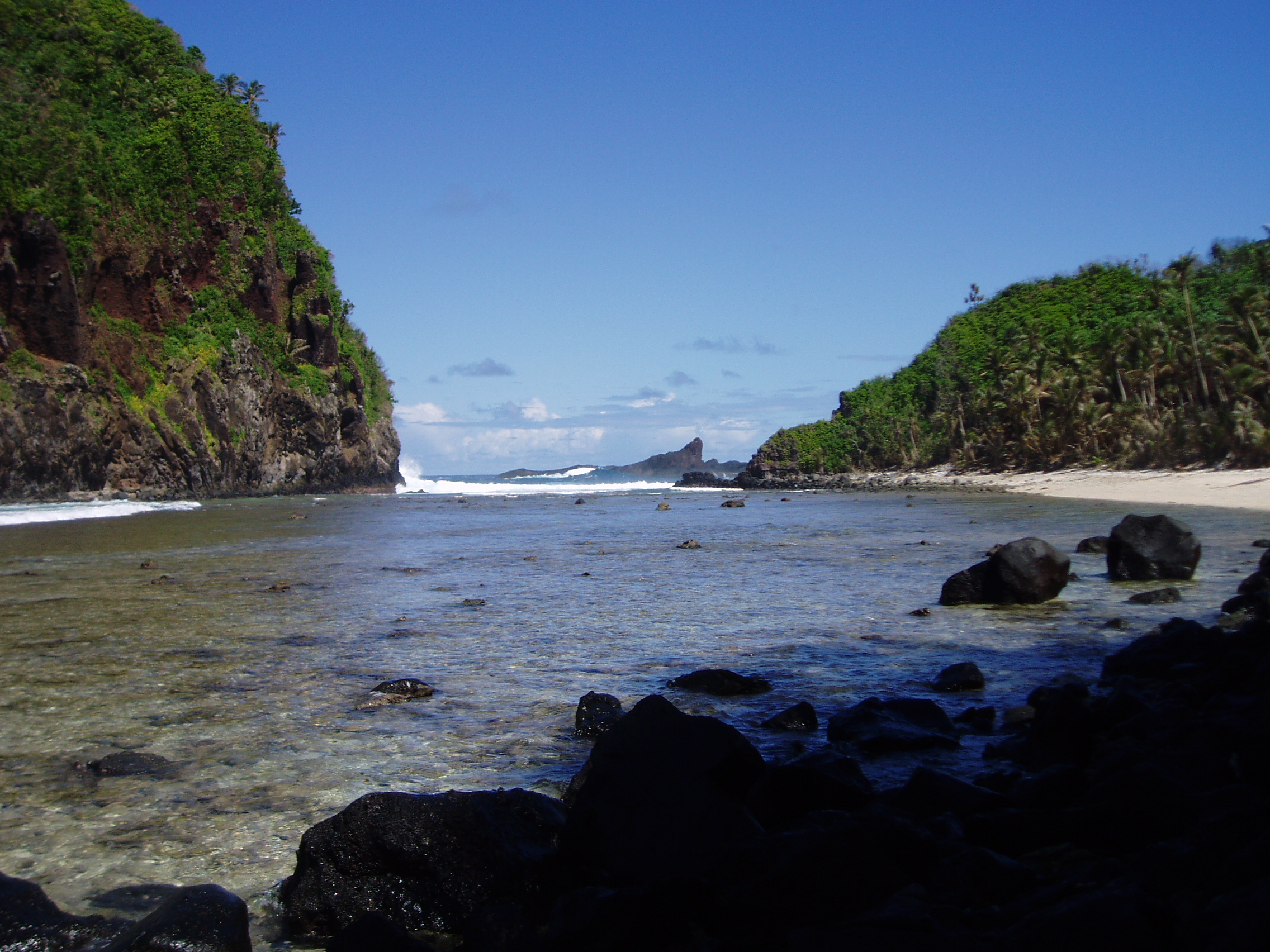
Mount AlavaFrom the Top of Mt. Alava, you can see the Island of Tutuila. 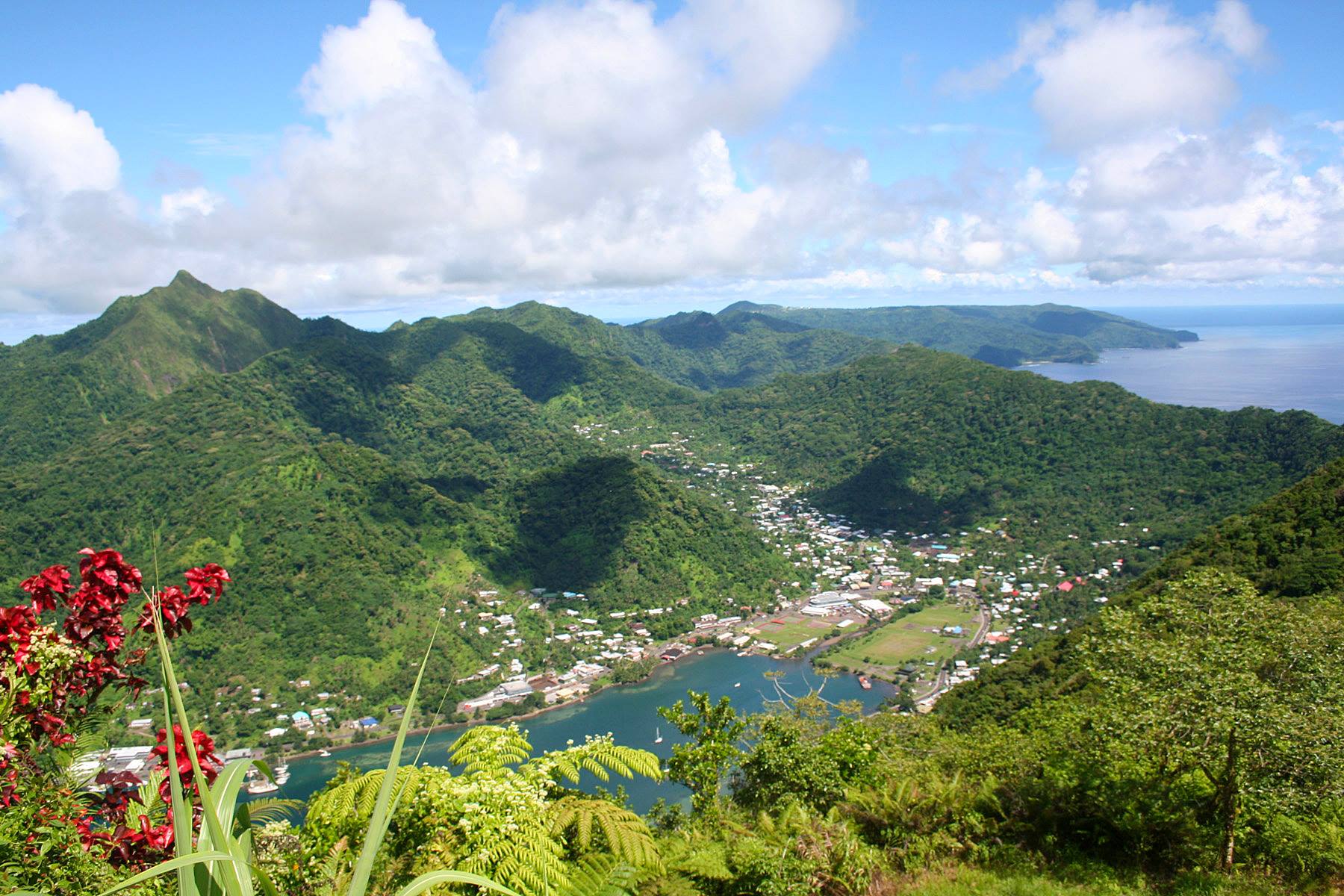
Ofu LagoonThe Ofu island unit has a shallow protected reef with a great diversity of coral cover and fish. This is a feast for the eyes in the morning light. Keep an eye out for octopus and sea turtles. Be aware of the location of rip current (avas) wherever you swim. 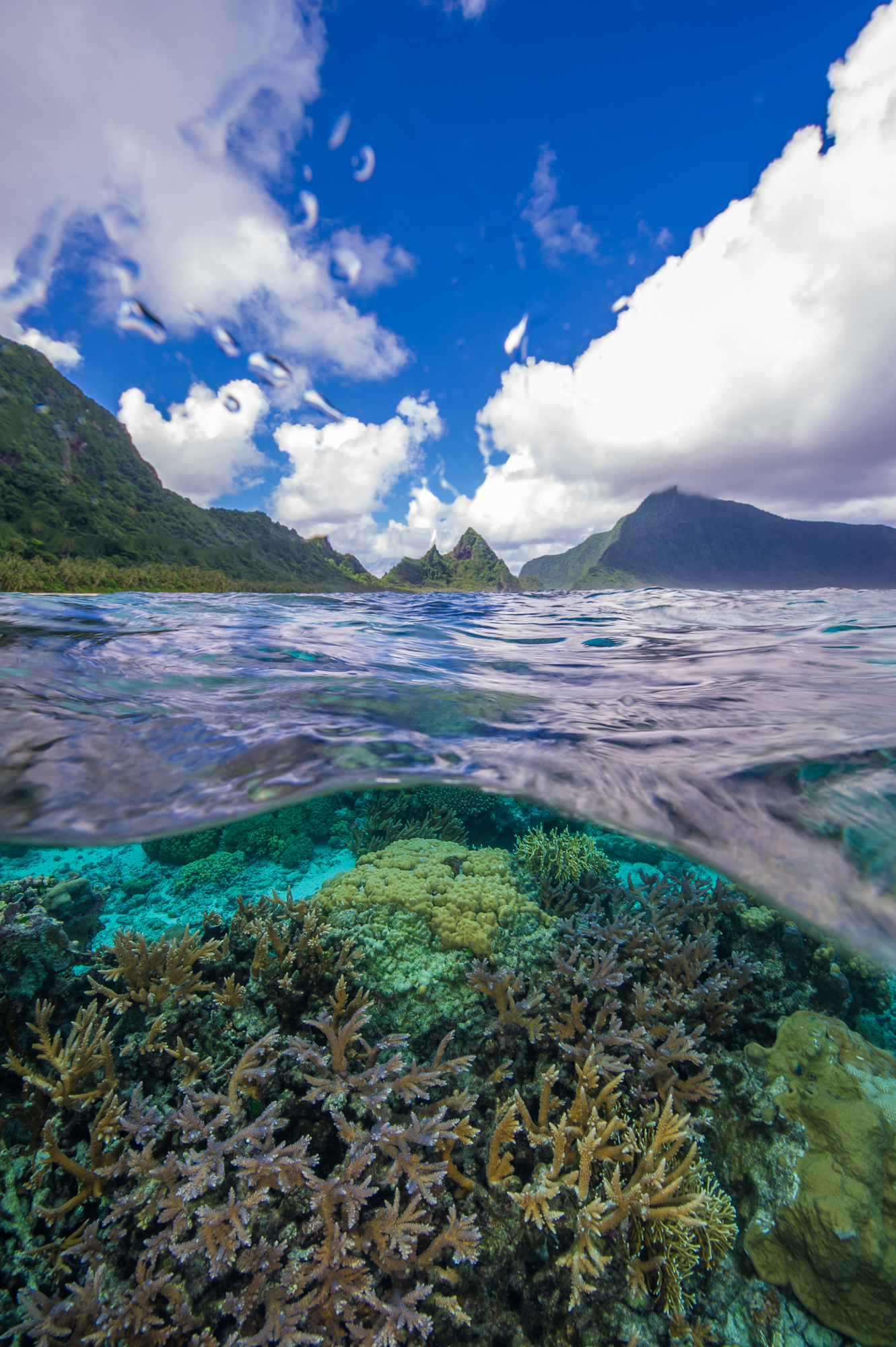
Saua VillageSaua is one of the most sacred sites in the National Park of American Samoa, it holds some of the earliest secrets to Samoan prehistory. The wells, mounds, and platforms of Saua showcase early architecture in Samoa. The locations of these archaeological features in Saua village also showcase settlement patterns in Samoa. 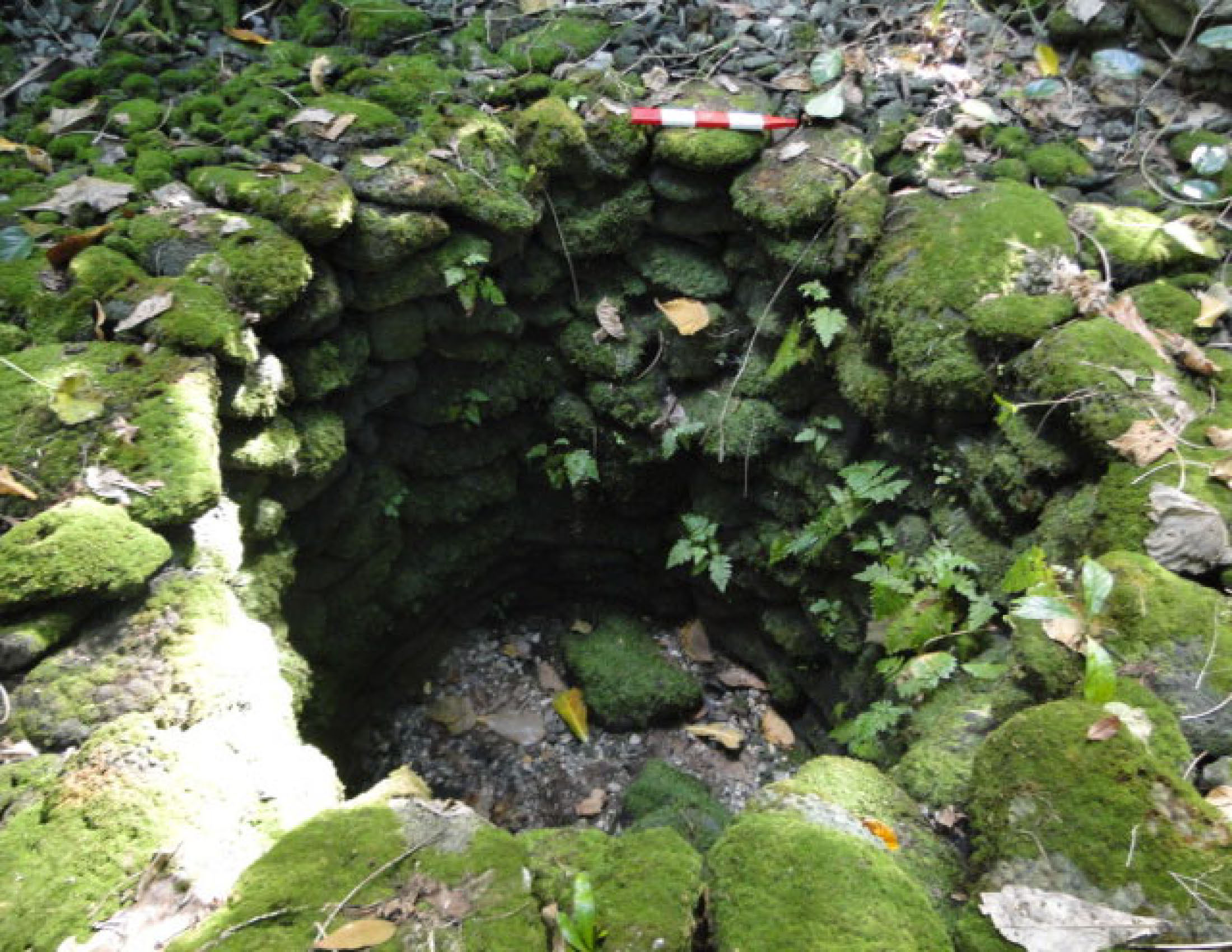
|
| Visitor Centers | Count: 1
Visitor Center and Park Store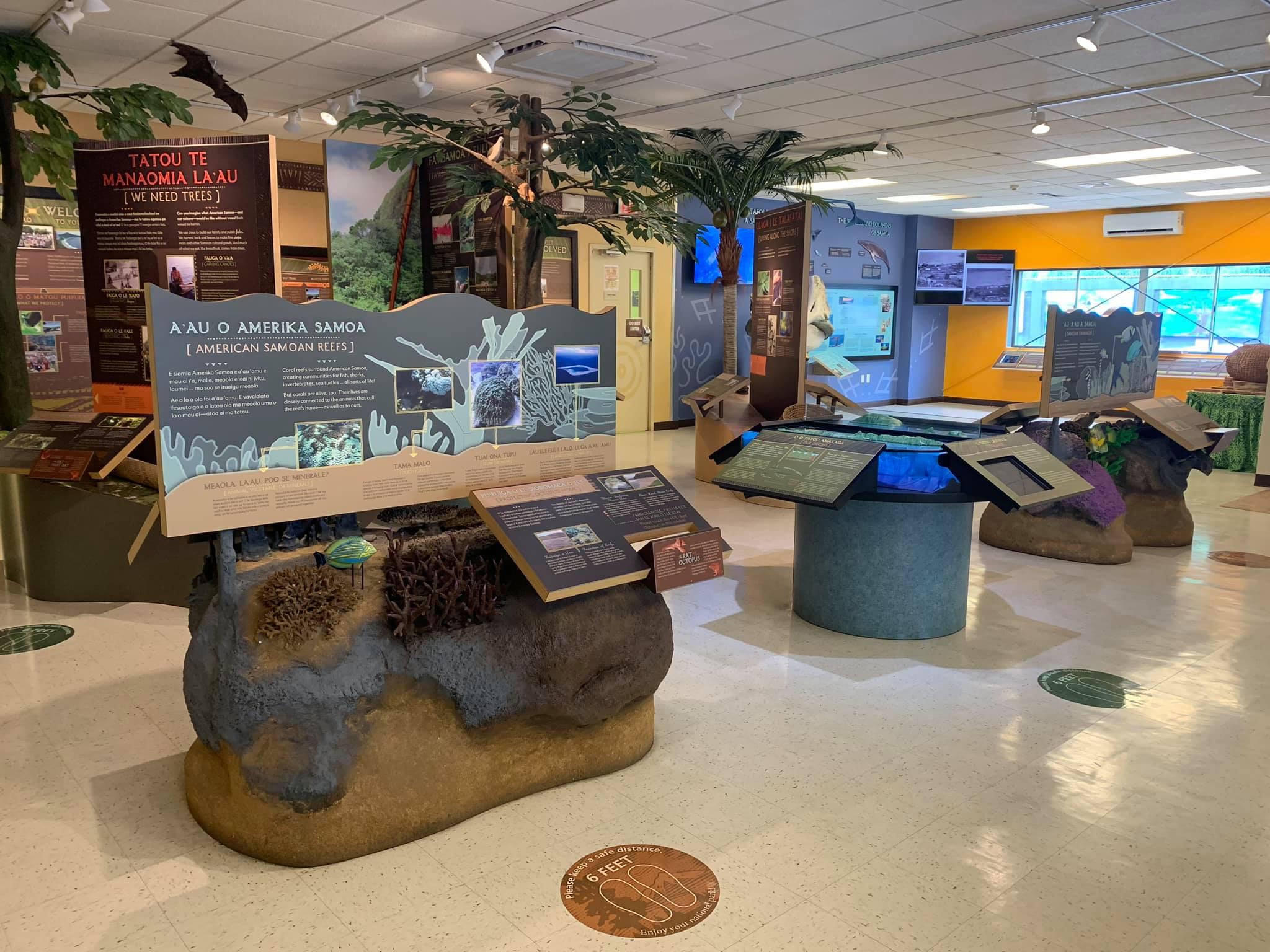
|
| Things to do | Count: 6
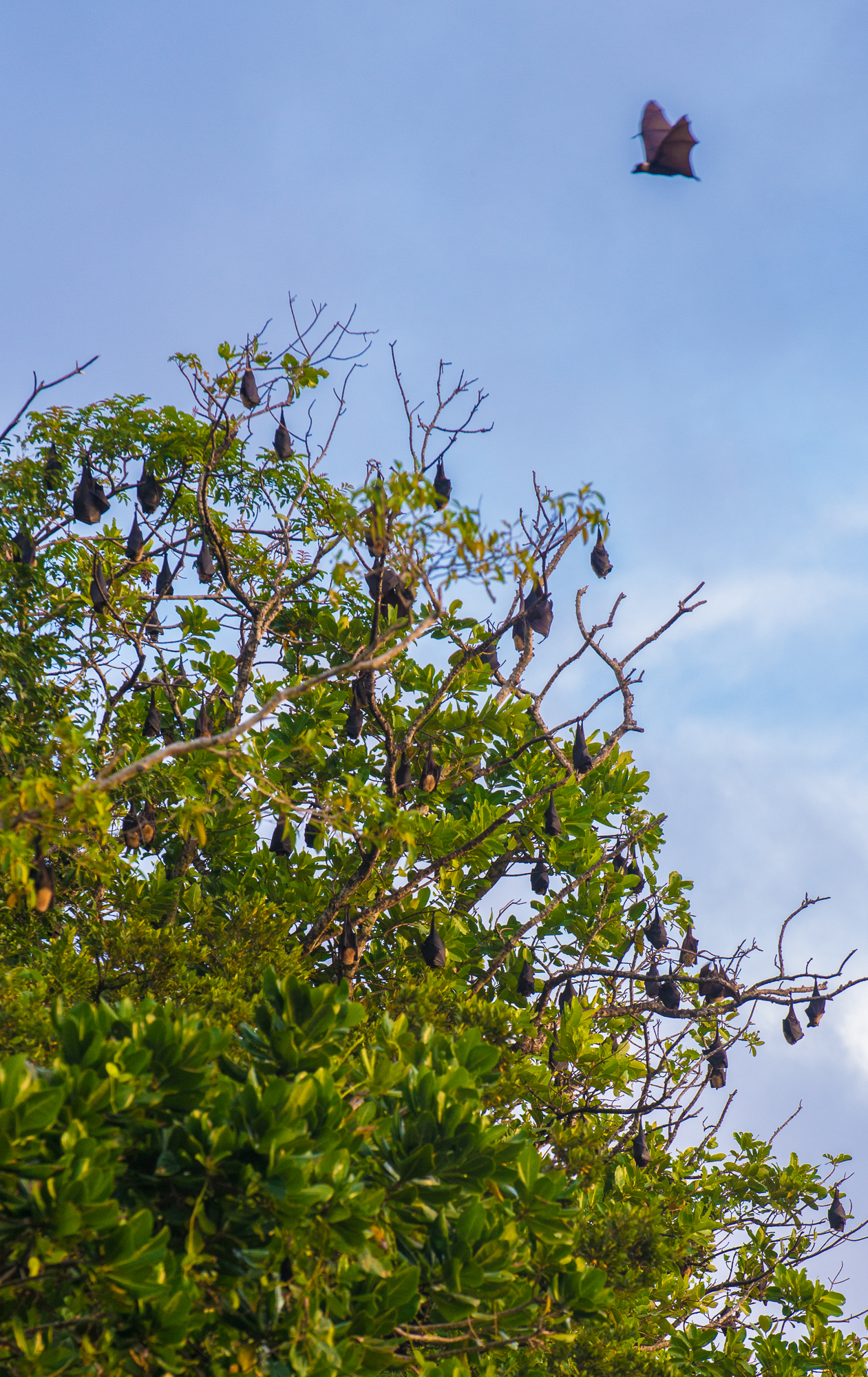
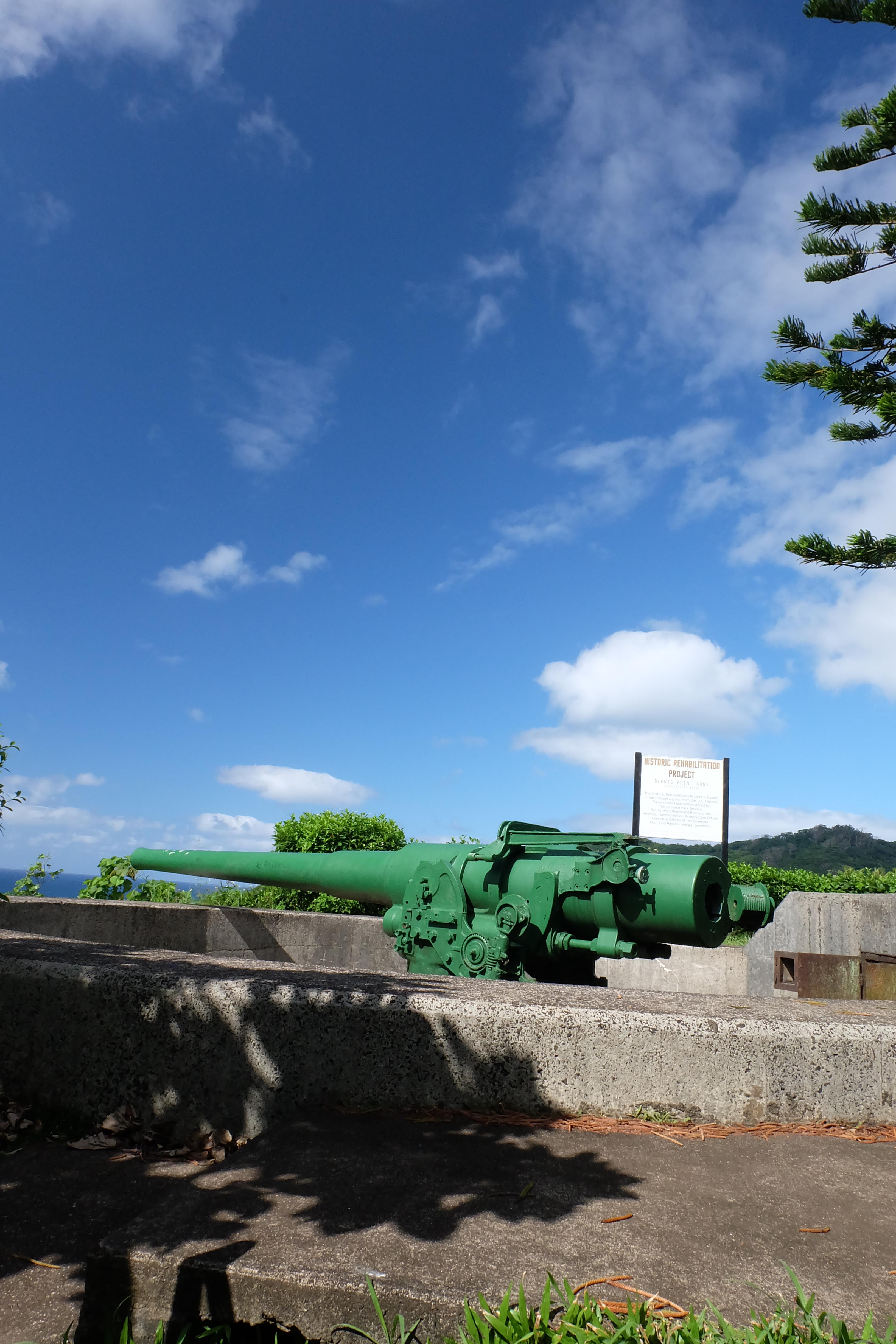
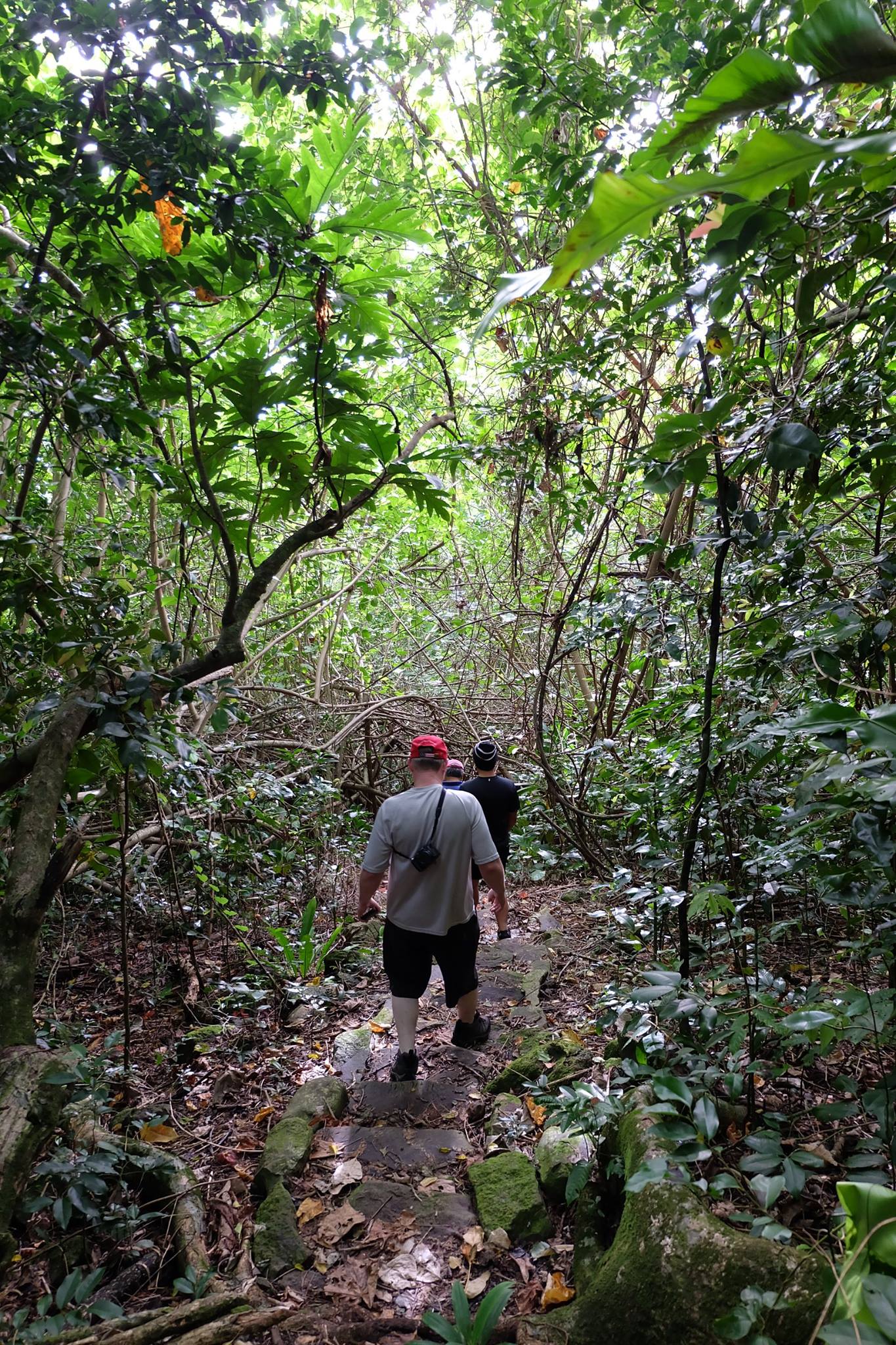
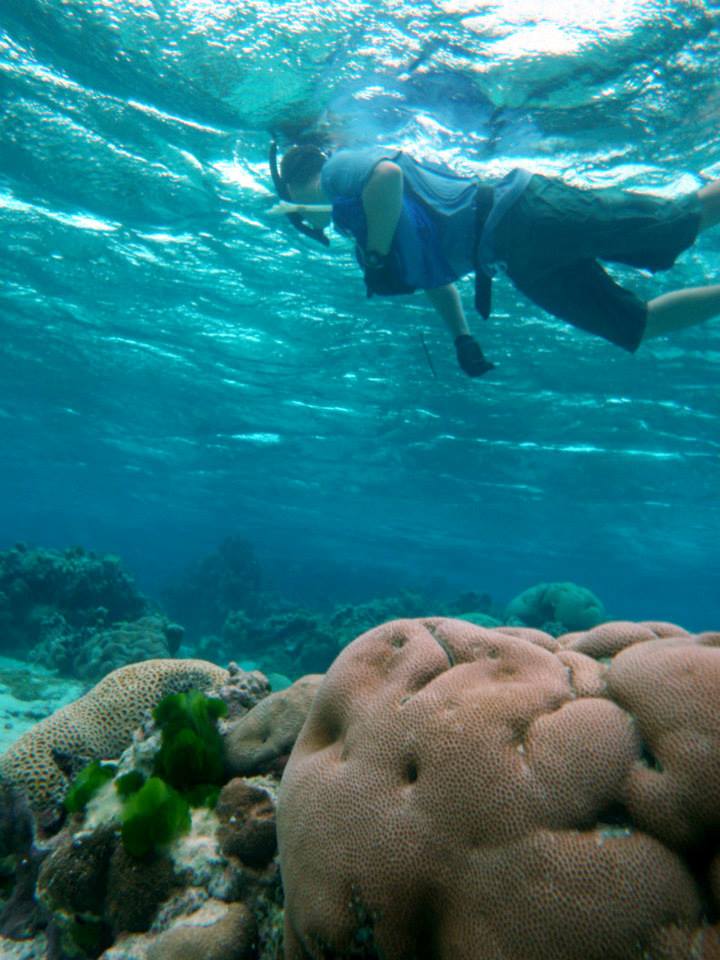
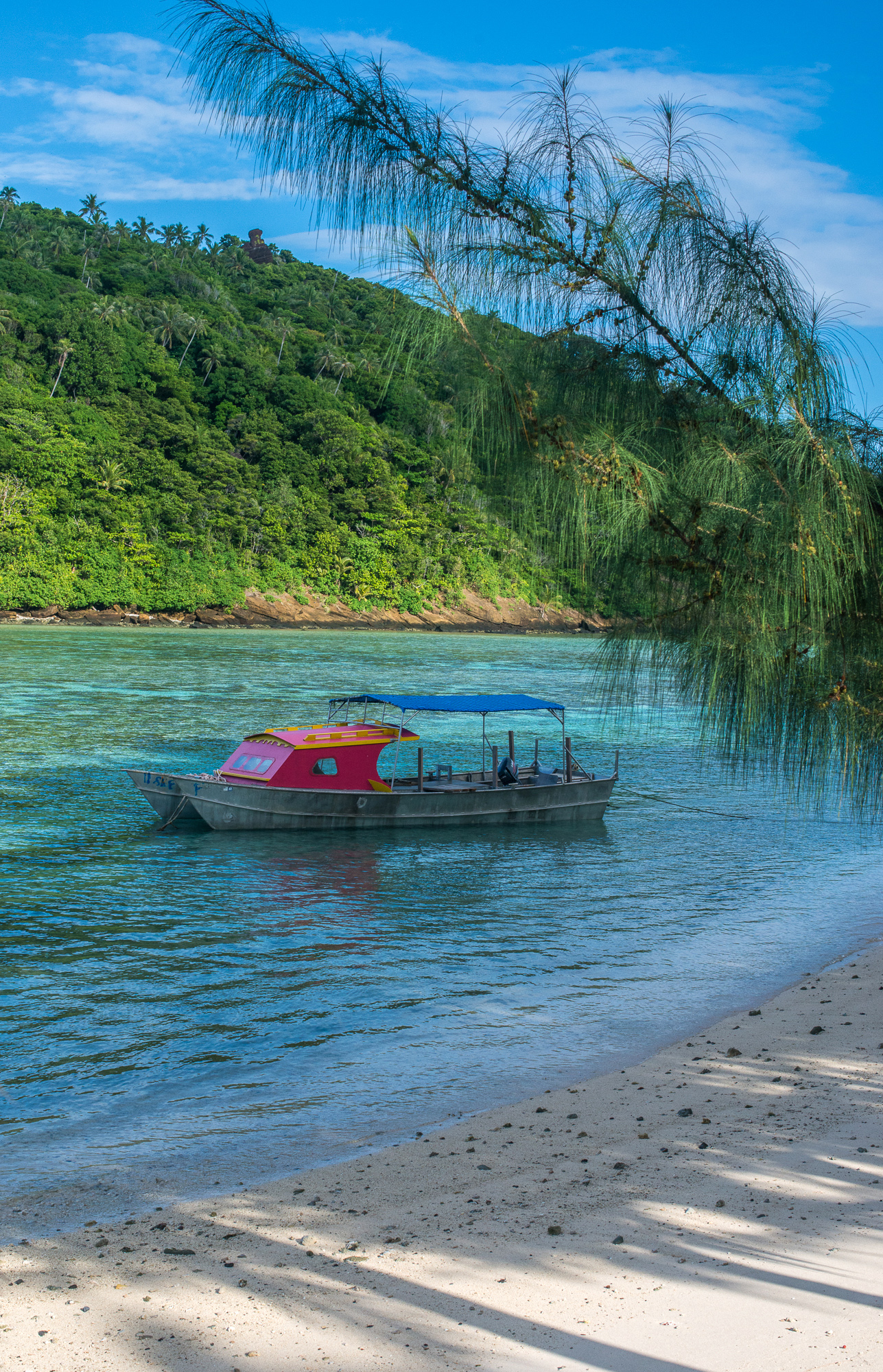
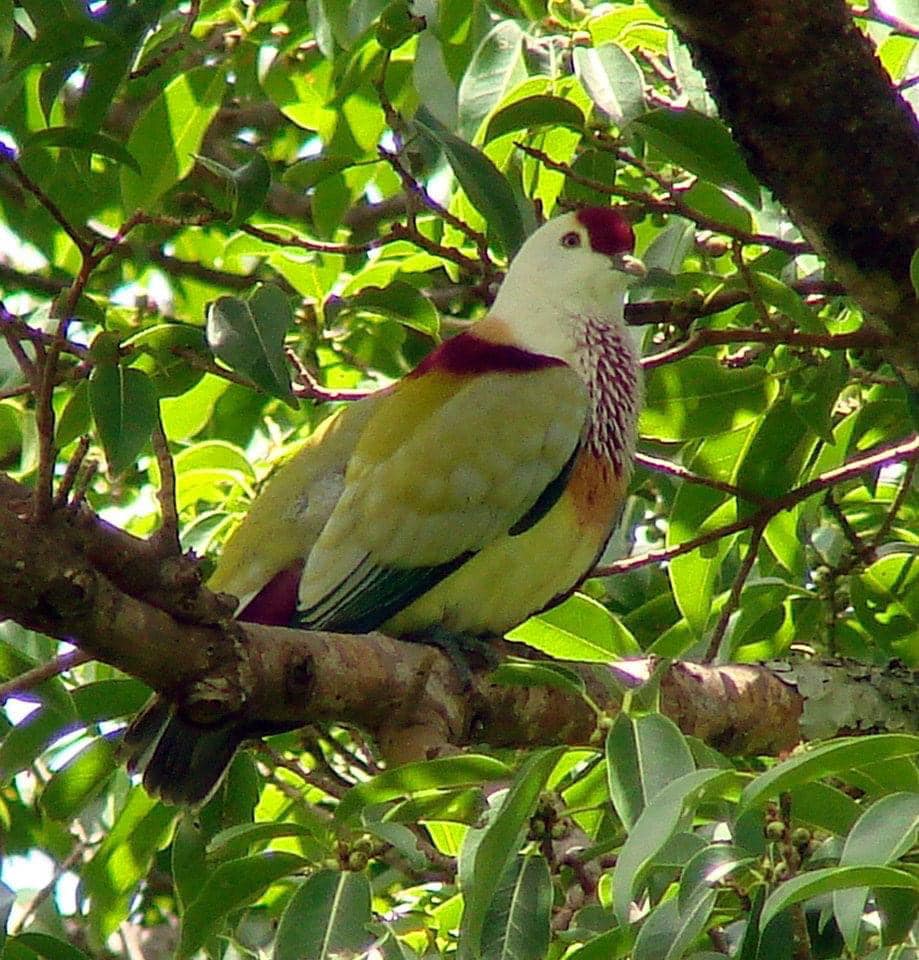
|
| Tours |
Count: 0
|
| Articles |
|